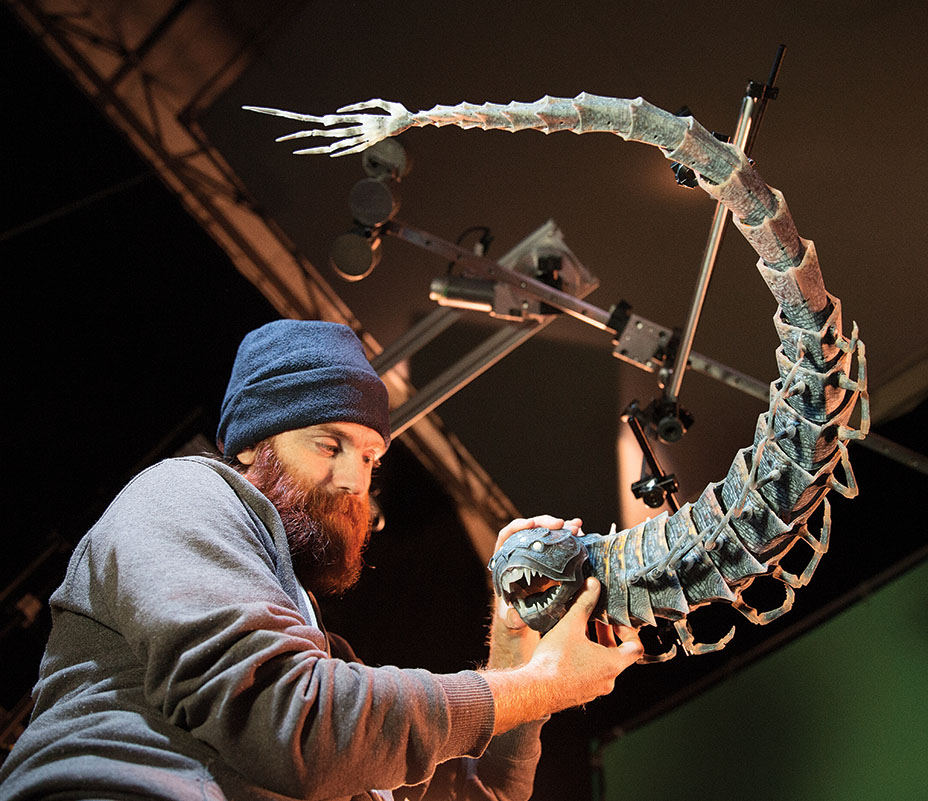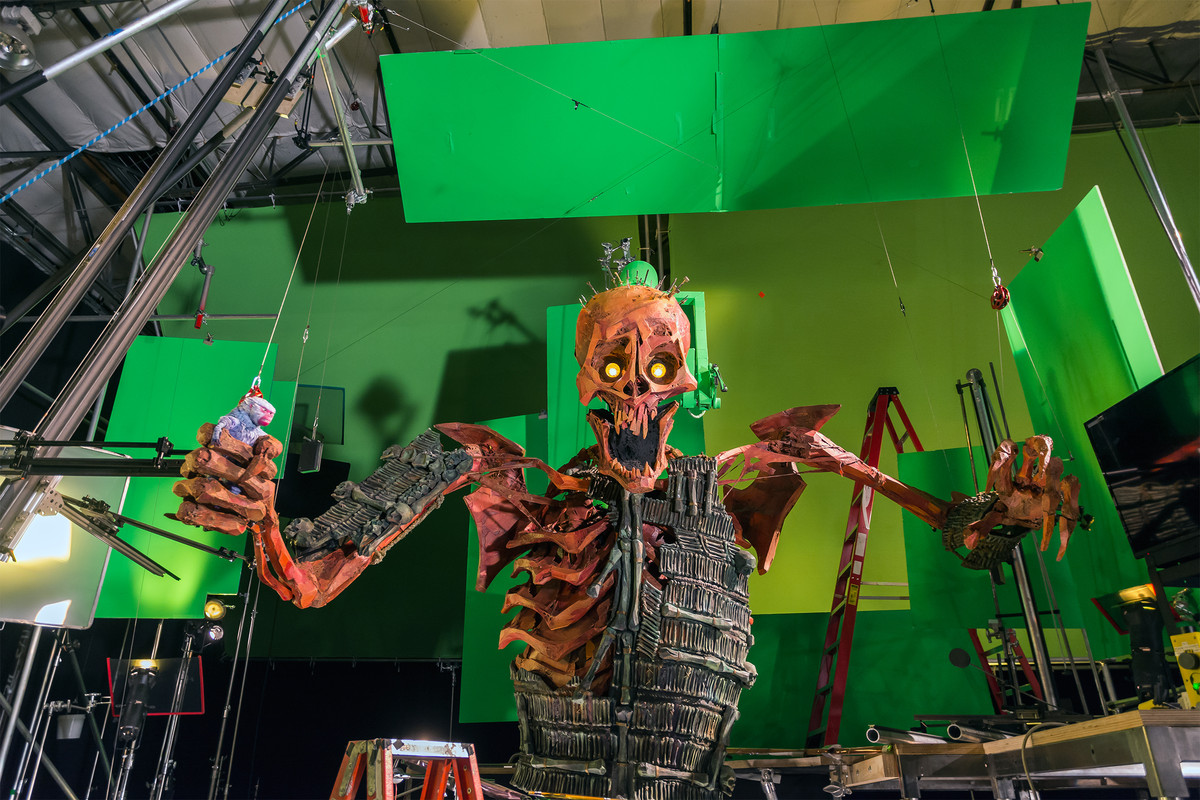In order to create the critically-acclaimed stop-motion picture Kubo and the Two Strings the creators, Laika Studios, turned to 3D printing. The movie had a budget of almost $60 million and is nominated for a Golden Globe. The project is also the result of a collaboration between the studio and Stratasys to 3D print characters and sets. In a many similar to the recent Sainsbury’s Christmas advert, 3D printing in Kubo and the Two Strings was used in order to create thousands of different expressions on the characters’ faces.

Kubo in numbers
The extraordinary amount of possibilities opened up through 3D printing is evident in the movie’s protagonist Kubo. The figure of Kubo used to create the film is only 9 inches tall yet has 11,007 unique mouth positions, 4,429 brow motions and a total of 23,187 different faces. Combined this makes 48 million different possible expressions. The 3D printer used to create this vast creative palette was the Stratasys Connex3 color multi-material 3D printer. In addition, Laika Studios managed to create their first fully 3D printed puppet, the Moon Beast (pictured below).

About stop-motion filming
While anyone can film a stop-motion picture, since it simply involves moving an object – or series of objects – frame by frame in order to create the illusion of animation, it is a painstaking process. However, in order to create a Hollywood blockbuster, the technology involved can be rather more involved. 3D printing helped Laika Studios development more efficient workflow as instead of manipulating clay in between shots, as in the traditional process, the studio had an array of detailed parts which could be interchanged accordingly.
Travis Knight, director of Kubo and the Two Strings and president and CEO of Laika Studios, explained the importance of 3D printing to their studio and to the art of storytelling,
We’re a passionate group of artists who believe that the smallest details help tell the bigger story,

Not just for Hollywood
While blockbuster movies and big budget advertisements are using 3D printing to create stop-motion filming, the technology is also available for small-scale productions. Film makers on a budget have the ability to 3D scan objects on a smartphone and print them on a desktop 3D printer. This means even lower budget productions can tap into a wide range of possibilities for their stop-motion filming. Let us know in the comments if you are working on such a project.
Featured image shows ‘monkey’ character in between shots. Photo via Steve Wong Jr | Laika Studios / Focus Features.



